May Auto Sales: Fewer And Smaller
May sales estimates are out, and the analysts are seeing slowdown in their crystal balls. Reuters reports that its survey of leading auto analysts projects a 12.6m SAAR (Seasonally Adjusted Annual Rate) for the month, while Bloomberg is projecting a 12.1m rate. Wherever the actual number lands, it is likely to be the first month this year below a 13m SAAR, as Japanese supply interruptions as well as model changeovers lower overall supply. But, reports the WSJ [sub], there’s evidence that perceptions of undersupply are possibly keeping consumers away from showrooms as much as an actual shortage of vehicles. A Honda dealer who says he has plenty of cars for sale is quoted as saying
Traffic is down and I think it’s the media effect. People think there’s no cars and they think there’s no incentives, so they’re waiting.
And that’s not all: it turns out that May’s downbeat forecasts could have an even deeper cause…
The WSJ [sub] also spoke to TrueCar’s VP for Industry Trends and Insight, who argued that May was a “blip,” offering the following evidence:
Three key drivers of auto sales—new home starts, consumer confidence and the Dow Jones Industrial Average stock index—all had down months in May, damping consumers’ eagerness to splurge on new cars.
“The fundamentals that fuel car-buying had a negative month,” he said, adding that he believes it is “very unlikely” the sales pace will dip below the 12 million mark again this year.
Perceptive analysis, to be sure, but what about that other “fundamental that fuels car buying,” gas prices? Another Reuters piece ties rising gas prices (and inflation more generally) to weak consumer spending, noting
The high gasoline prices swallowed almost all the increase in incomes from U.S. tax cuts enacted in December.
Economists worry that stagnant incomes — which have failed to keep up with inflation — will continue to impede spending even though prices at the fuel pump are starting to fall.
So far, consumers have resorted to saving less and some are tapping into their savings to maintain spending. Incomes rose 0.4 percent last month, but disposable incomes adjusted for inflation were flat for a second straight month.
Real incomes have not grown this year and the saving rate stayed at a 2-1/2 year low of 4.9 percent in April. According to the Commerce Department’s chief economist, Mark Doms, Americans saved $82 less over the past four months.
“Consumers have dipped into savings in order to make it through this challenging environment,” said Michael Feroli, an economist at JPMorgan in New York.
“Just as consumers used savings to smooth through the energy price spike on the upside, any move to rebuild saving in the wake of easing gas prices could soften the lift to what otherwise should be a very stimulative development.”
And here we have a macro-level dilemma that could turn May’s “blip” into a longer-term phenomenon: if gas prices resume their steady climb, consumer spending will continue to be eroded away by inflation. If they continue to recede, Americans could well try to build up savings while they can. Only a sudden spike in gas prices seems likely to drive consumers back to the dealerships in large numbers, as sharp runups in gas prices tend to fuel desperate decisions. Meanwhile, cars are getting more expensive and incentives are headed towards some of their lowest levels in years.
The 2008 slide in car sales is starting to feel more like a market correction than a downturn from which we can ever expect a robust recovery… is it any wonder that Bloomberg notes we’re still trying to match that year’s then-disappointing volume? Could this kind of steady, halting, externality-constrained growth be “the new normal”? Since the move towards more efficient cars is being accompanied by improvements in pricing and incentives (and thus, profits), that might not even be the end of the world…
More by Edward Niedermeyer
Latest Car Reviews
Read moreLatest Product Reviews
Read moreRecent Comments
- Theflyersfan OK, I'm going to stretch the words "positive change" to the breaking point here, but there might be some positive change going on with the beaver grille here. This picture was at Car and Driver. You'll notice that the grille now dives into a larger lower air intake instead of really standing out in a sea of plastic. In darker colors like this blue, it somewhat conceals the absolute obscene amount of real estate this unneeded monstrosity of a failed styling attempt takes up. The Euro front plate might be hiding some sins as well. You be the judge.
- Theflyersfan I know given the body style they'll sell dozens, but for those of us who grew up wanting a nice Prelude Si with 4WS but our student budgets said no way, it'd be interesting to see if Honda can persuade GenX-ers to open their wallets for one. Civic Type-R powertrain in a coupe body style? Mild hybrid if they have to? The holy grail will still be if Honda gives the ultimate middle finger towards all things EV and hybrid, hides a few engineers in the basement away from spy cameras and leaks, comes up with a limited run of 9,000 rpm engines and gives us the last gasp of the S2000 once again. A send off to remind us of when once they screamed before everything sounds like a whirring appliance.
- Jeff Nice concept car. One can only dream.
- Funky D The problem is not exclusively the cost of the vehicle. The problem is that there are too few use cases for BEVs that couldn't be done by a plug-in hybrid, with the latter having the ability to do long-range trips without requiring lengthy recharging and being better able to function in really cold climates.In our particular case, a plug-in hybrid would run in all electric mode for the vast majority of the miles we would drive on a regular basis. It would also charge faster and the battery replacement should be less expensive than its BEV counterpart.So the answer for me is a polite, but firm NO.
- 3SpeedAutomatic 2012 Ford Escape V6 FWD at 147k miles:Just went thru a heavy maintenance cycle: full brake job with rotors and drums, replace top & bottom radiator hoses, radiator flush, transmission flush, replace valve cover gaskets (still leaks oil, but not as bad as before), & fan belt. Also, #4 fuel injector locked up. About $4.5k spread over 19 months. Sole means of transportation, so don't mind spending the money for reliability. Was going to replace prior to the above maintenance cycle, but COVID screwed up the market ( $4k markup over sticker including $400 for nitrogen in the tires), so bit the bullet. Now serious about replacing, but waiting for used and/or new car prices to fall a bit more. Have my eye on a particular SUV. Last I checked, had a $2.5k discount with great interest rate (better than my CU) for financing. Will keep on driving Escape as long as A/C works. 🚗🚗🚗


















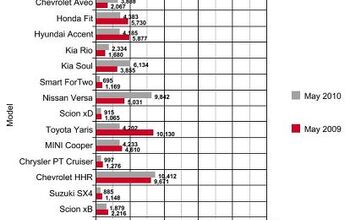

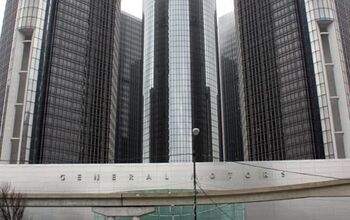
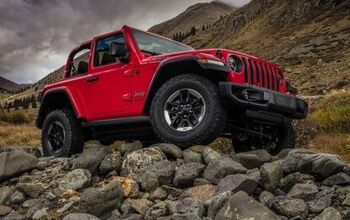
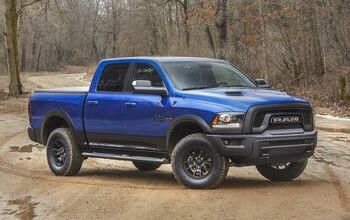








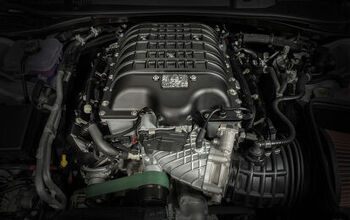

Comments
Join the conversation
Not sure what to make of this. TTAC has done a good job of painting the "new normal" but at some point the supply of low mileage used cars is going to dry up. I also wonder how much youth unemployment is screwing with those numbers. Clearly, if your kids doesn't have a job he doesn't need a beater. Given how long before you get a real job, getting a a new car might be pushed back to 27 or so. At that point, you've got a lot of people married and with kids, which means smaller cars might have issues.
My recollection of the 'tax cuts enacted in December' is that they were merely a continuation of the so-called Bush tax cuts from years before. If I am correct in that, then the rise in fuel prices have actually eaten substantially into disposable income. This - as much as consumer lack of confidence - could explain the sales stagnation, but only in part. Don't forget that we still have an ongoing housing crisis, with prices falling and ownership dropping, not to mention high unemployment or under-employment. A new car purchase will come well after feeding the kids, keeping the house, and paying the utilities.